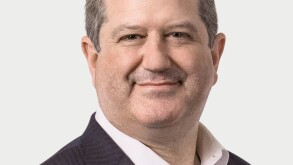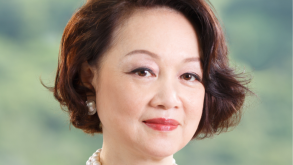
Philippe Bhering of Bhering Advogados in Brazil noted that trademark practitioners should help clients get up to speed on other cultures. “Trademarks do bridge the gap between different cultures but so do trademark practitioners,” he said. “It is very important for them to know how the local market is.”
Mark David McVicar of Winkler Partners in Taiwan gave an example of being sensitive to a particular country’s norms. A pharmaceutical company with a major drug brand was concerned about websites referring to it generically. In a survey of 100 hospitals and clinics in Taiwan, 50 of them were referring to the brand generically on their websites. “It was a classic case of genericide,” said McVicar.
His firm had to a draft a letter that was culturally appropriate. This needed a “subtle juggling” of cultural factors to please the client who wanted to protect its brand, the local company that wanted to protect relationships with the hospitals and clinics, and the clinics themselves because “we didn’t want to scare them off.” The form letter thanked them for their use of brand but also asked them to make sure their use conformed to the client’s trademark use. After the letter was sent out the percentage of websites that did not refer to the brand generically rose from 50% to 70% and then, after another round of letters, to 90%.
“The key was that on the back of the letter was an attached picture of their website, very specifically saying ‘please change this to this.’ That made it very easy for the clinic to follow. So we made sure the trademark was being used correctly and in the end everyone was happy.”
In addition, McVicar noted that “even in areas where you think they are homogenous there are always differences.” He gave one example where a client had agreed on a trademark name for underwear in China and Taiwan, only to be told by the Hong Kong office that it absolutely could not be used, despite all three countries speaking Chinese.
Meeting in person also highlights differences in culture that can be interpreted badly. Moderator Alison Tan of The Procter & Gamble Company in the U.S. said that eye contact in Asia is considered rude or confrontational whereas in the U.S. it is considered rude not to look someone in the eye. “After 11 years in the U.S. I can now look people in the eyes!” she reported.
Stephen Jiew of Al Tamimi & Company in the United Arab Emirates noted it can very difficult to interpret social cues or be rude without realizing. “You could offend a senior person by, for example, presenting your business card to a junior person first. It can also be quite tricky trying to ascertain the true hierarchy of a firm.” Some clues may come from age and job title but Jiew warned: “Tread very carefully.” Myrtha Hurtado Rivas of Novartis Pharma in Switzerland also participated.
You can also go too far in attempting to conform to other cultures. “It is a delicate line between trying to be respectful and overly ingratiating yourself for a business purpose—it exposes you as a phony,” said Jiew.










